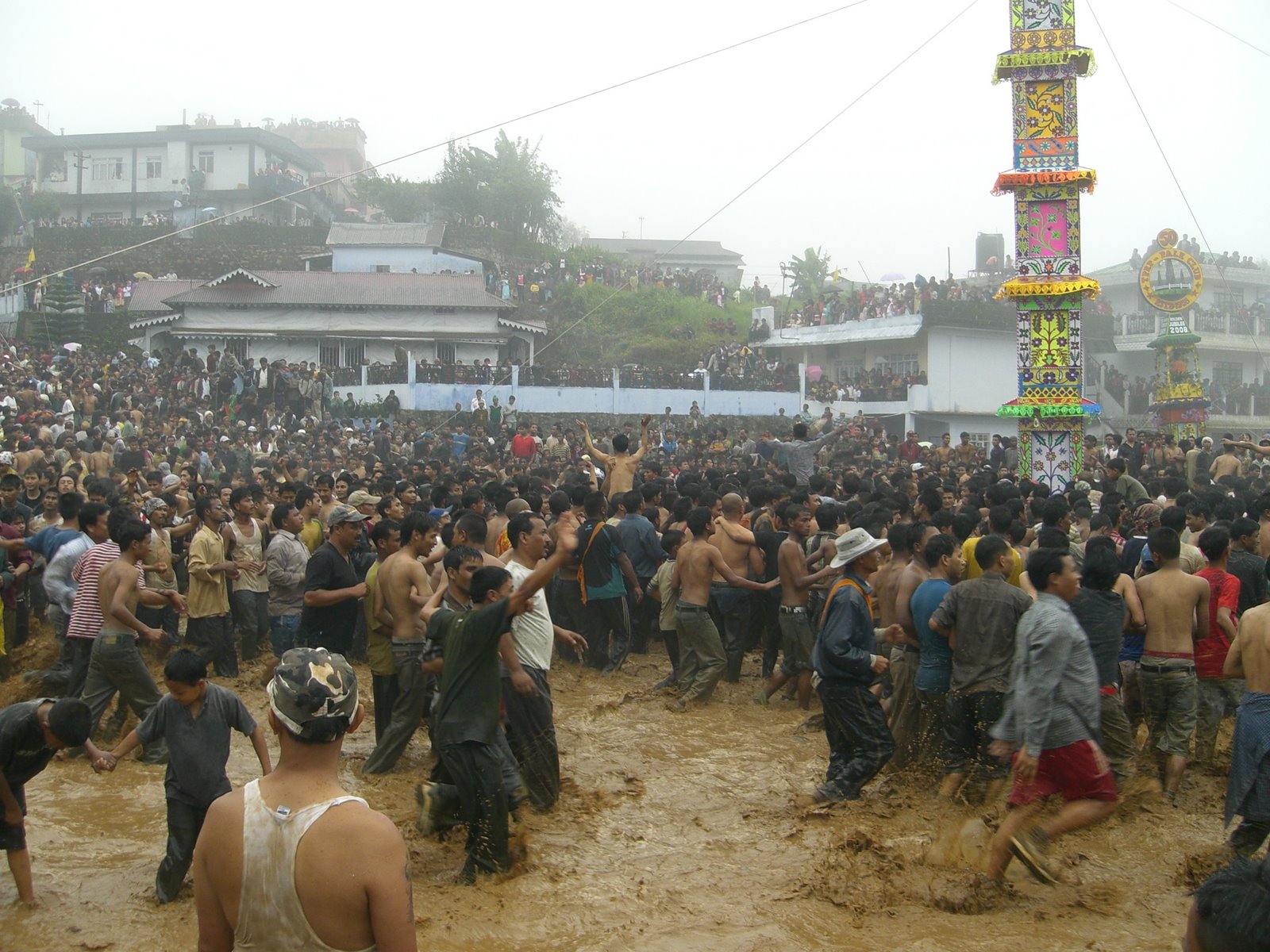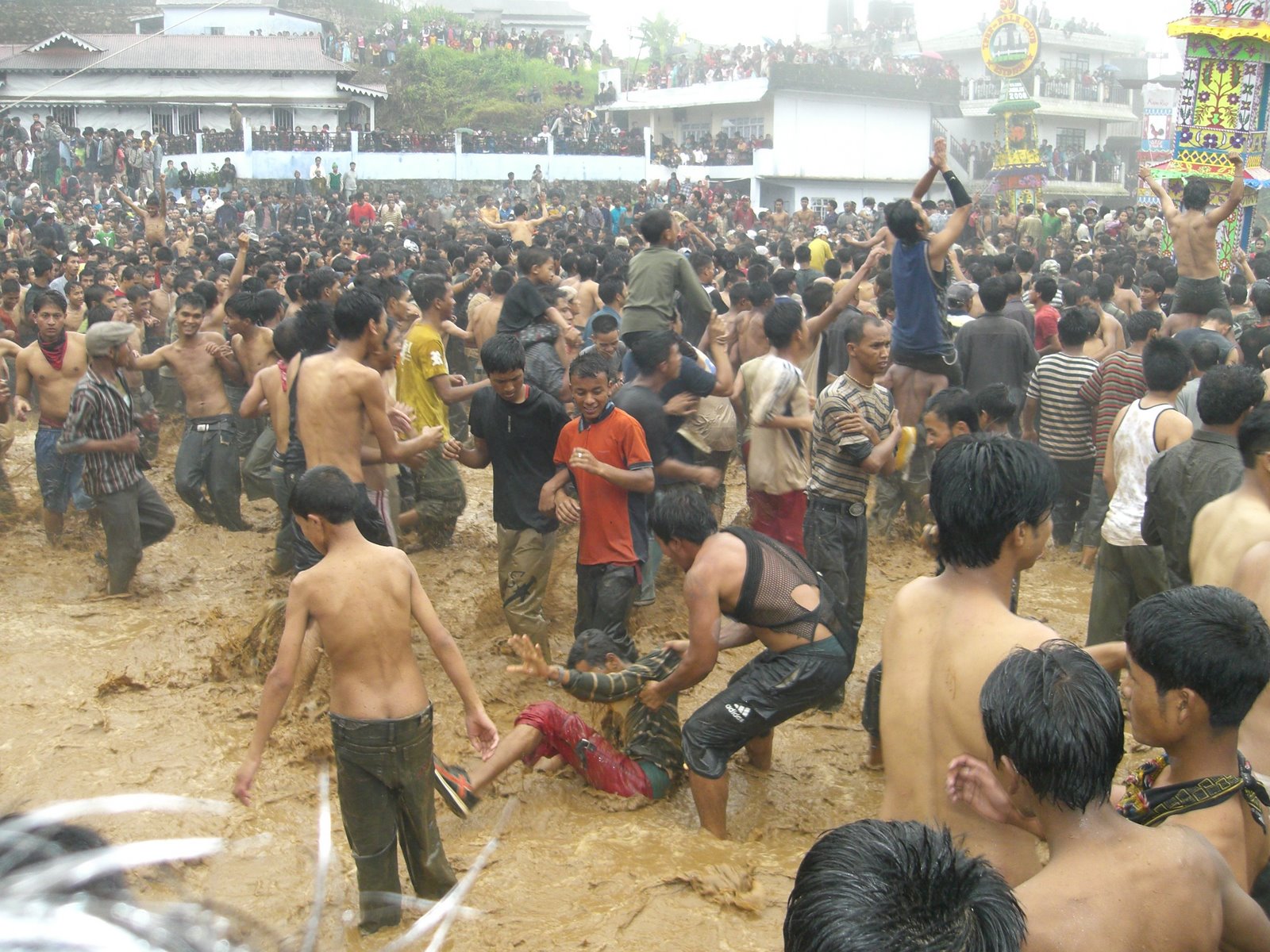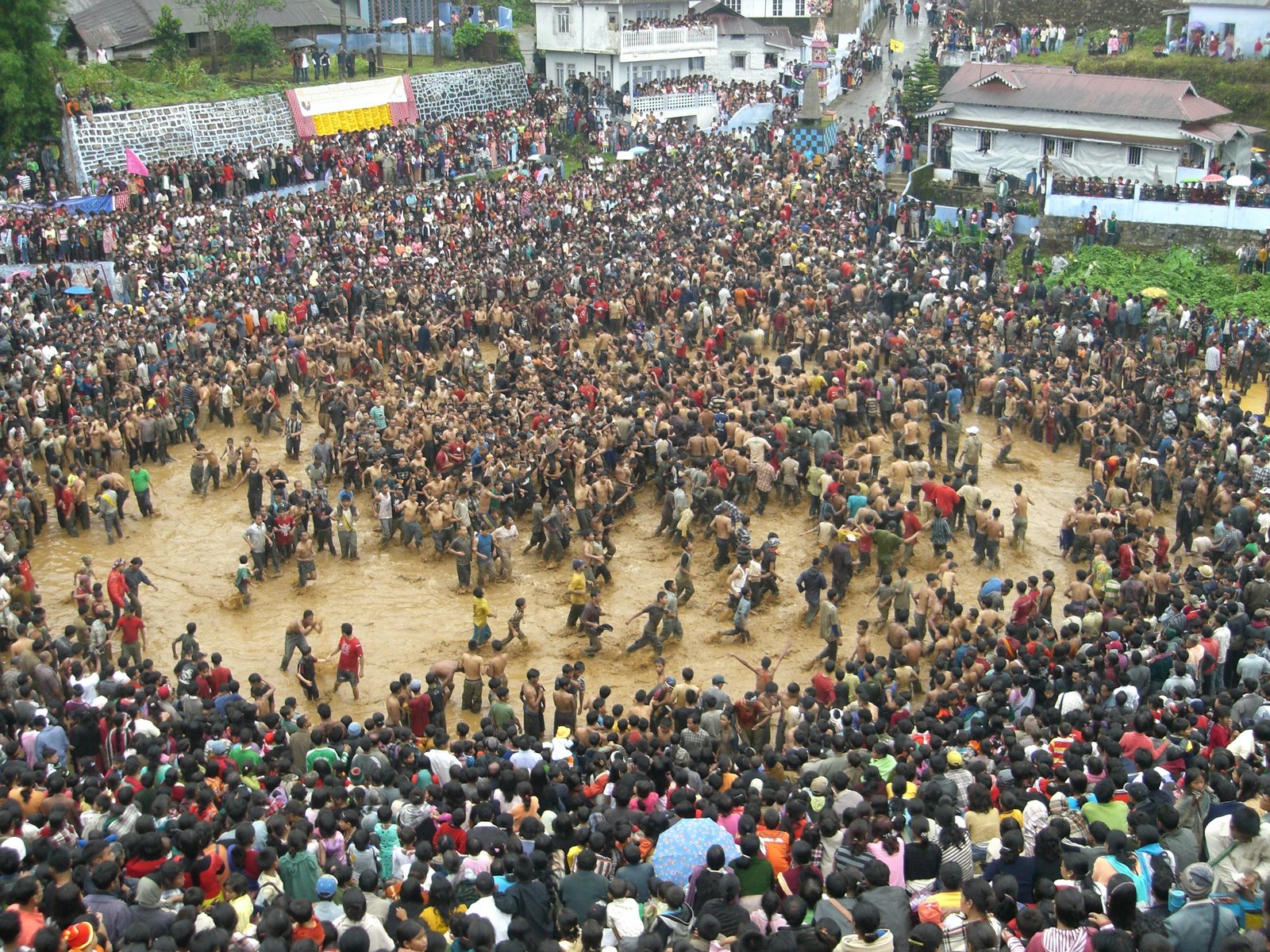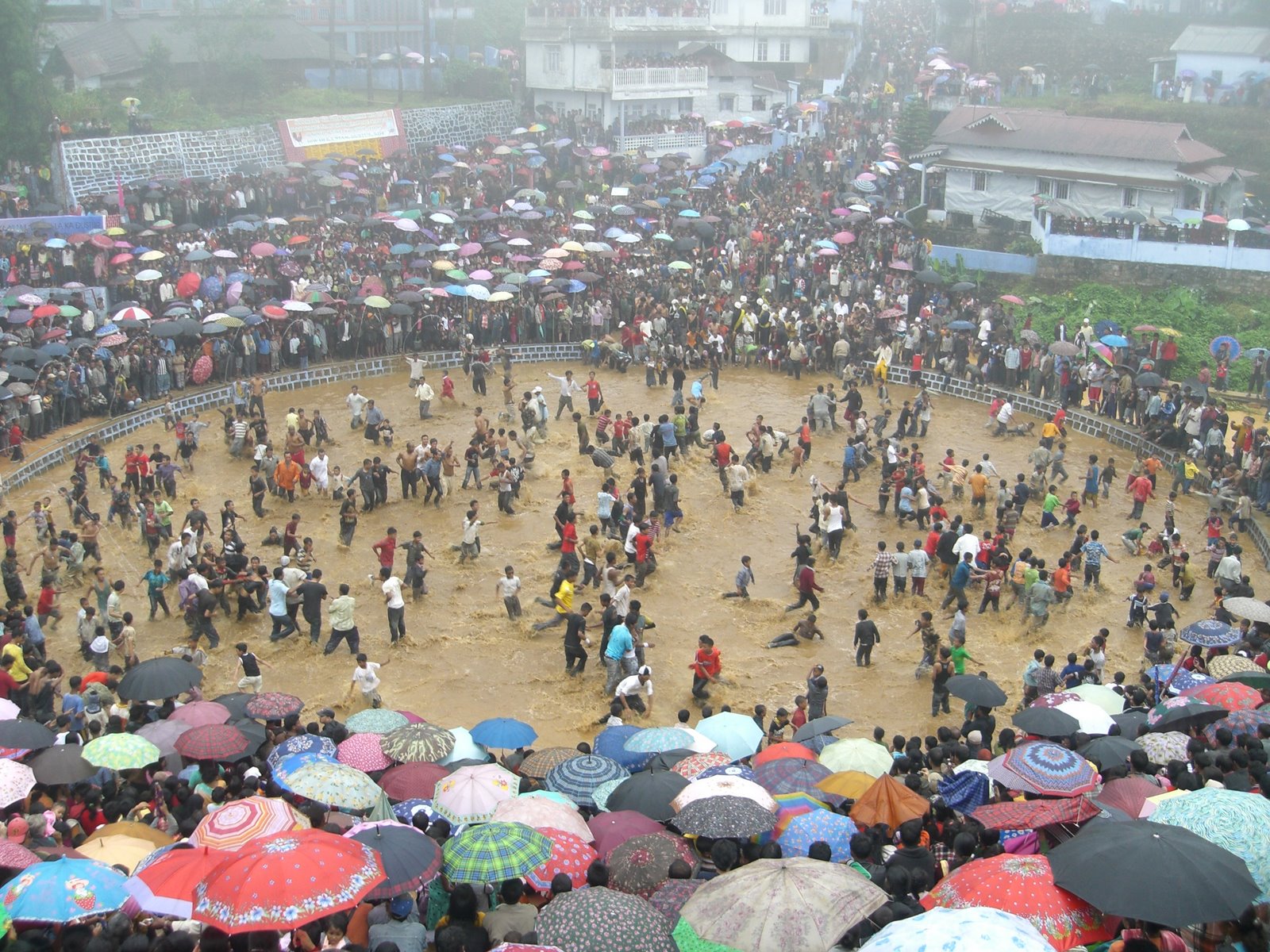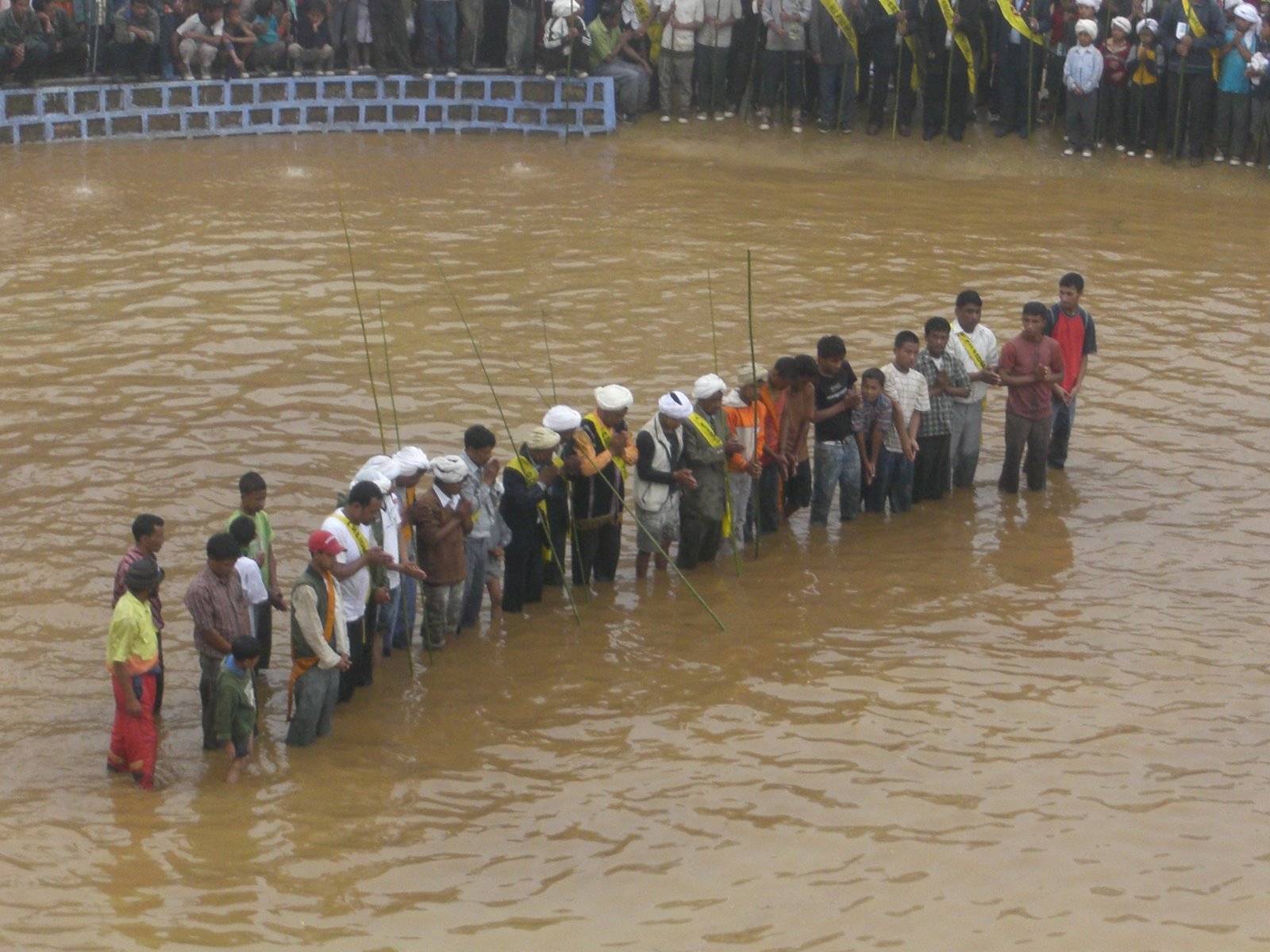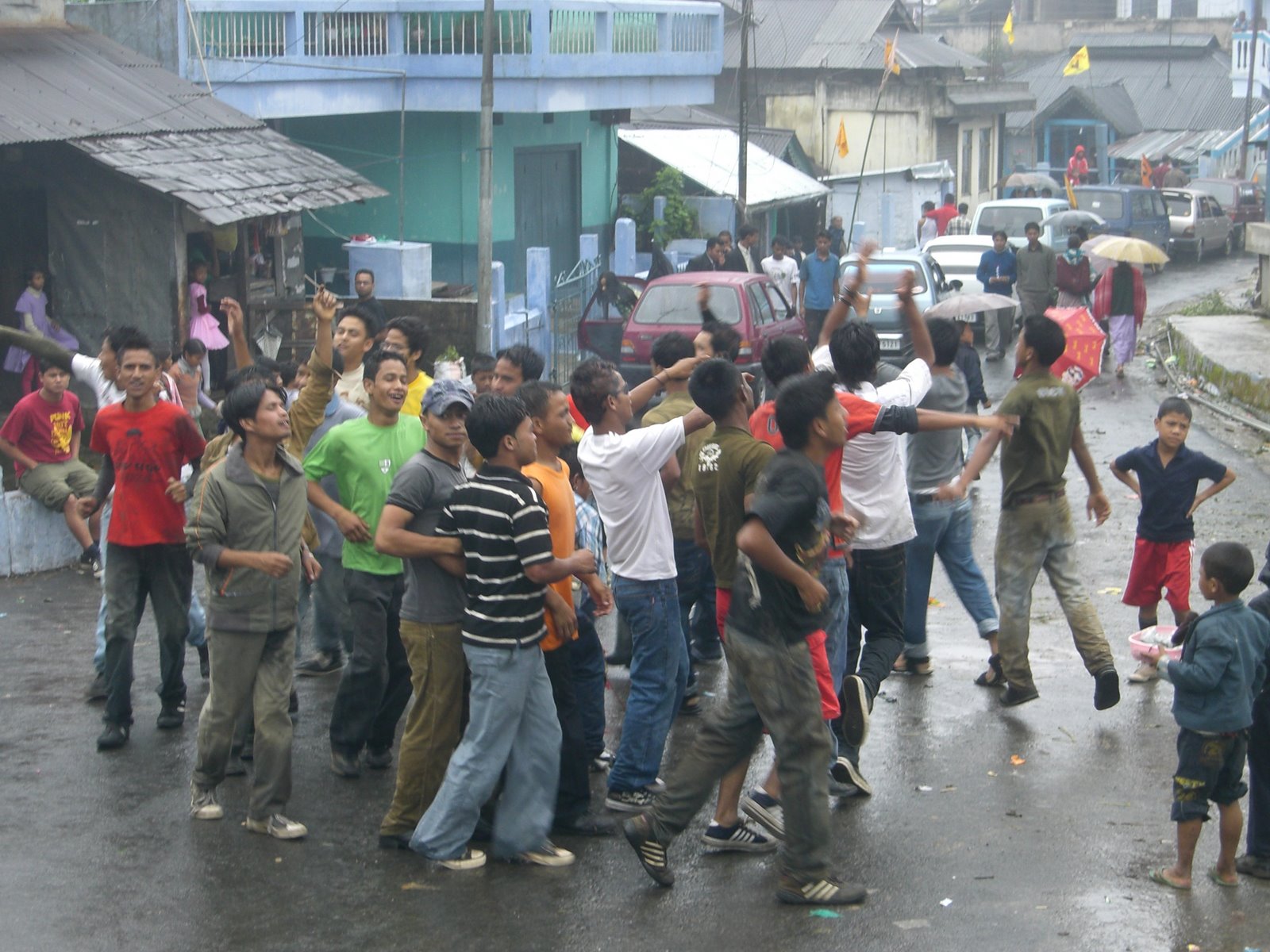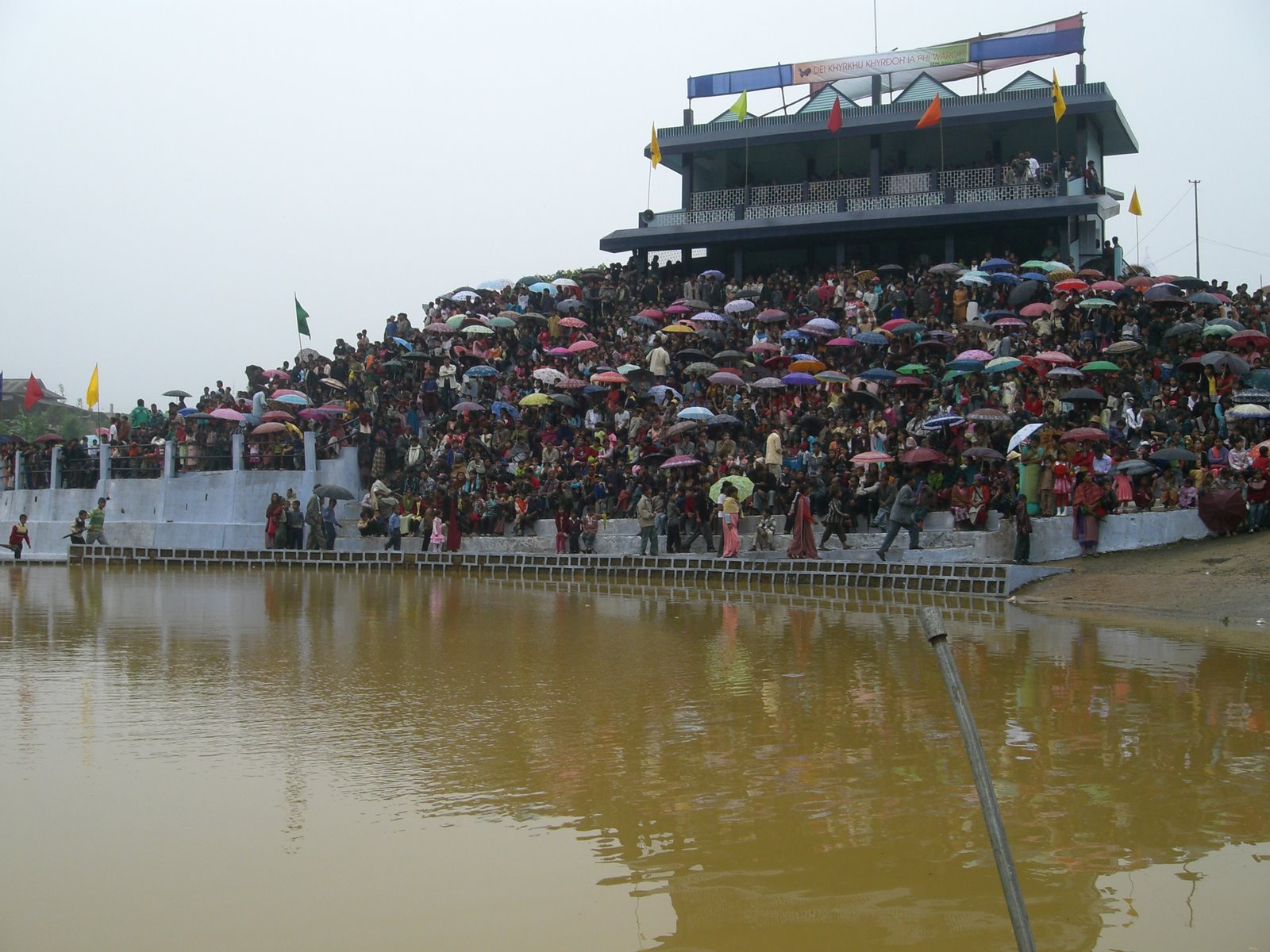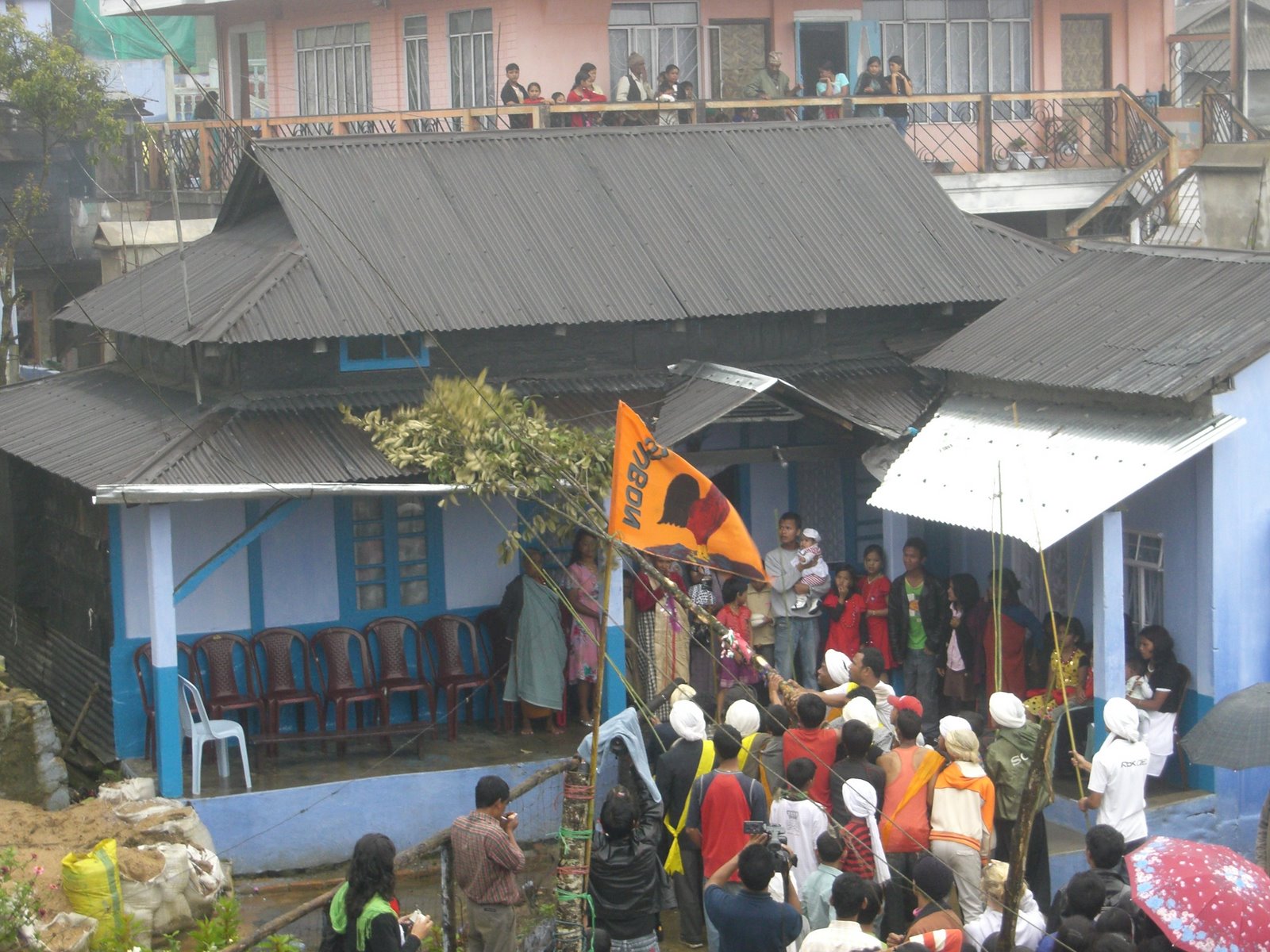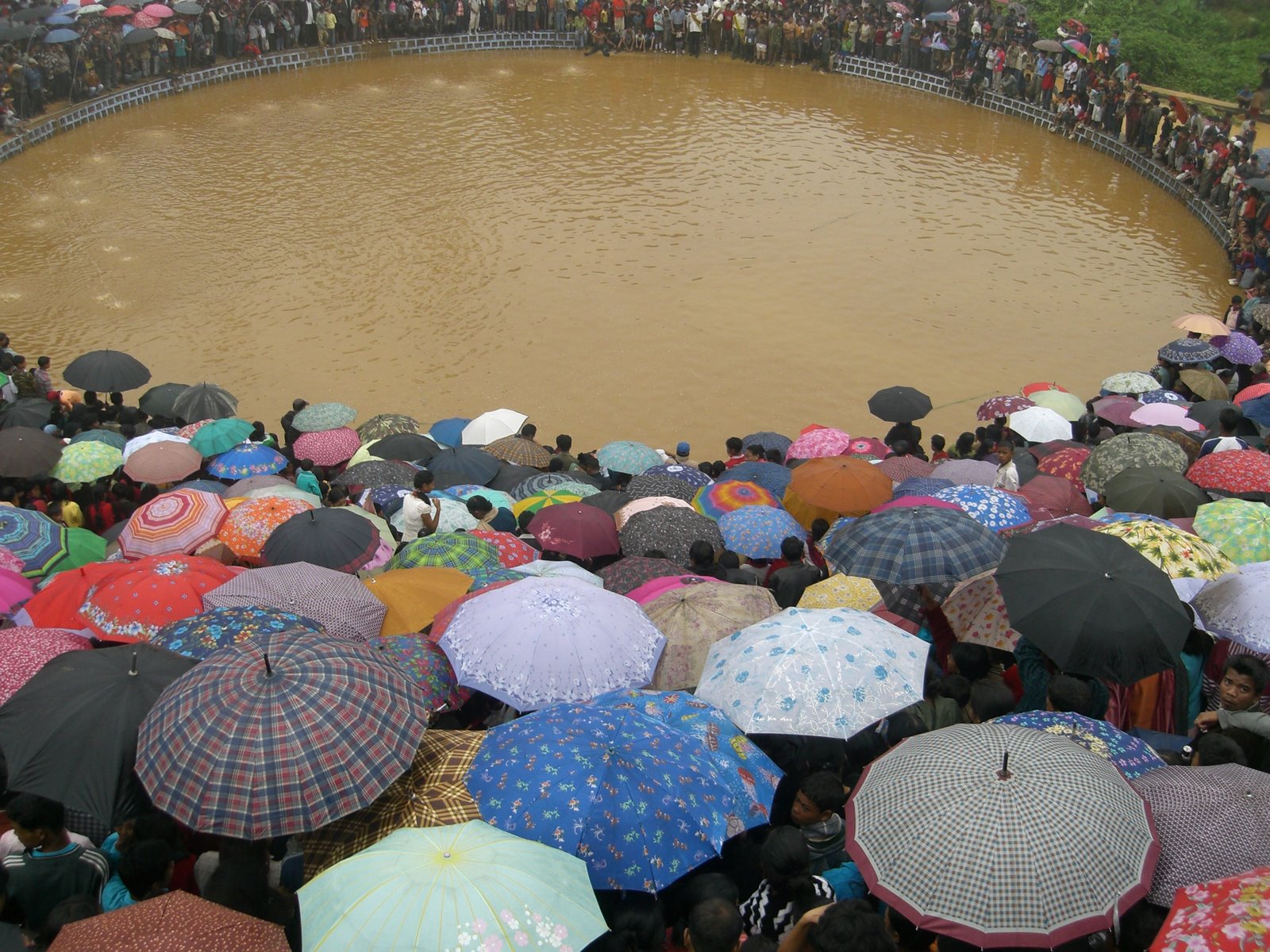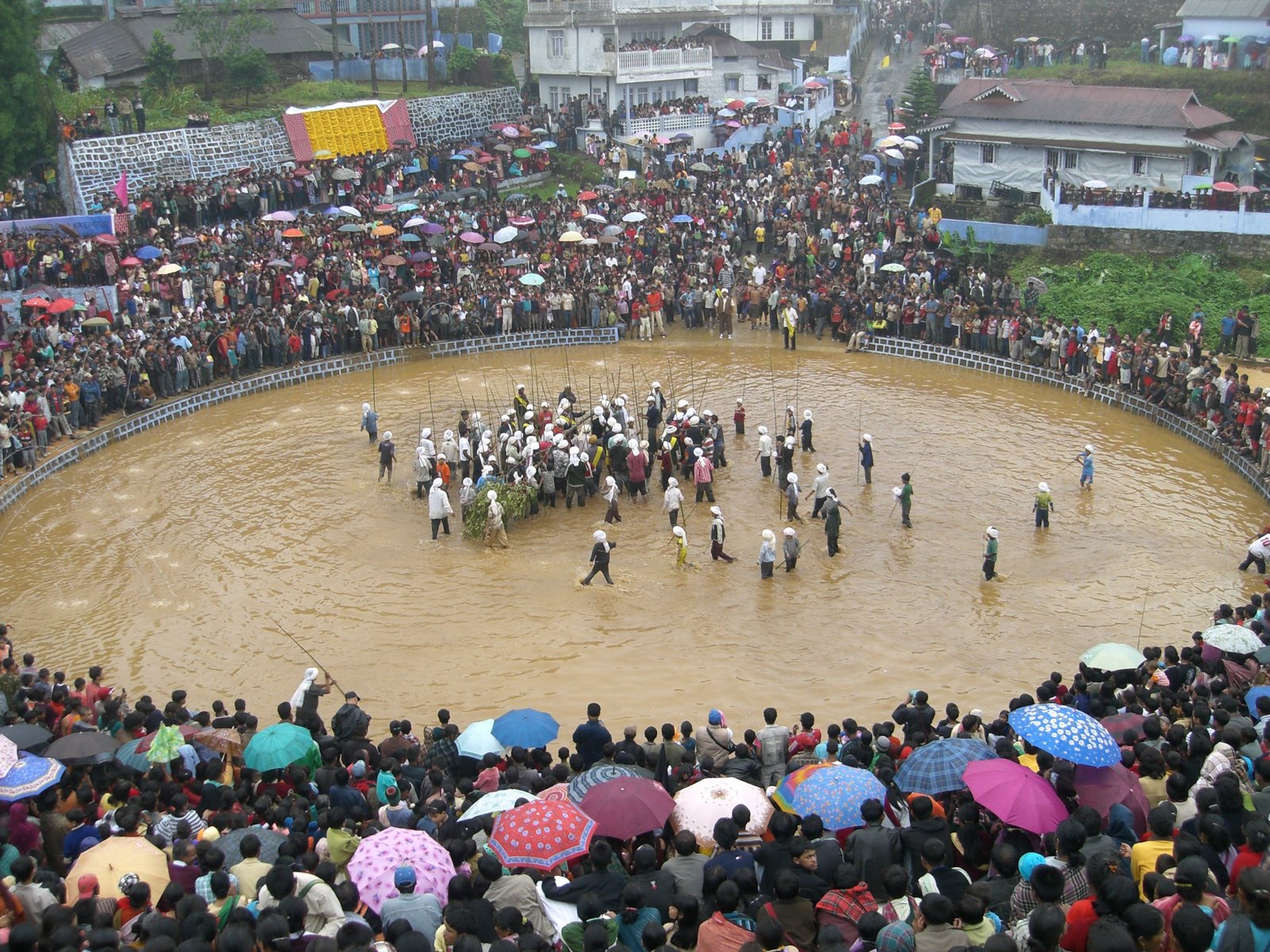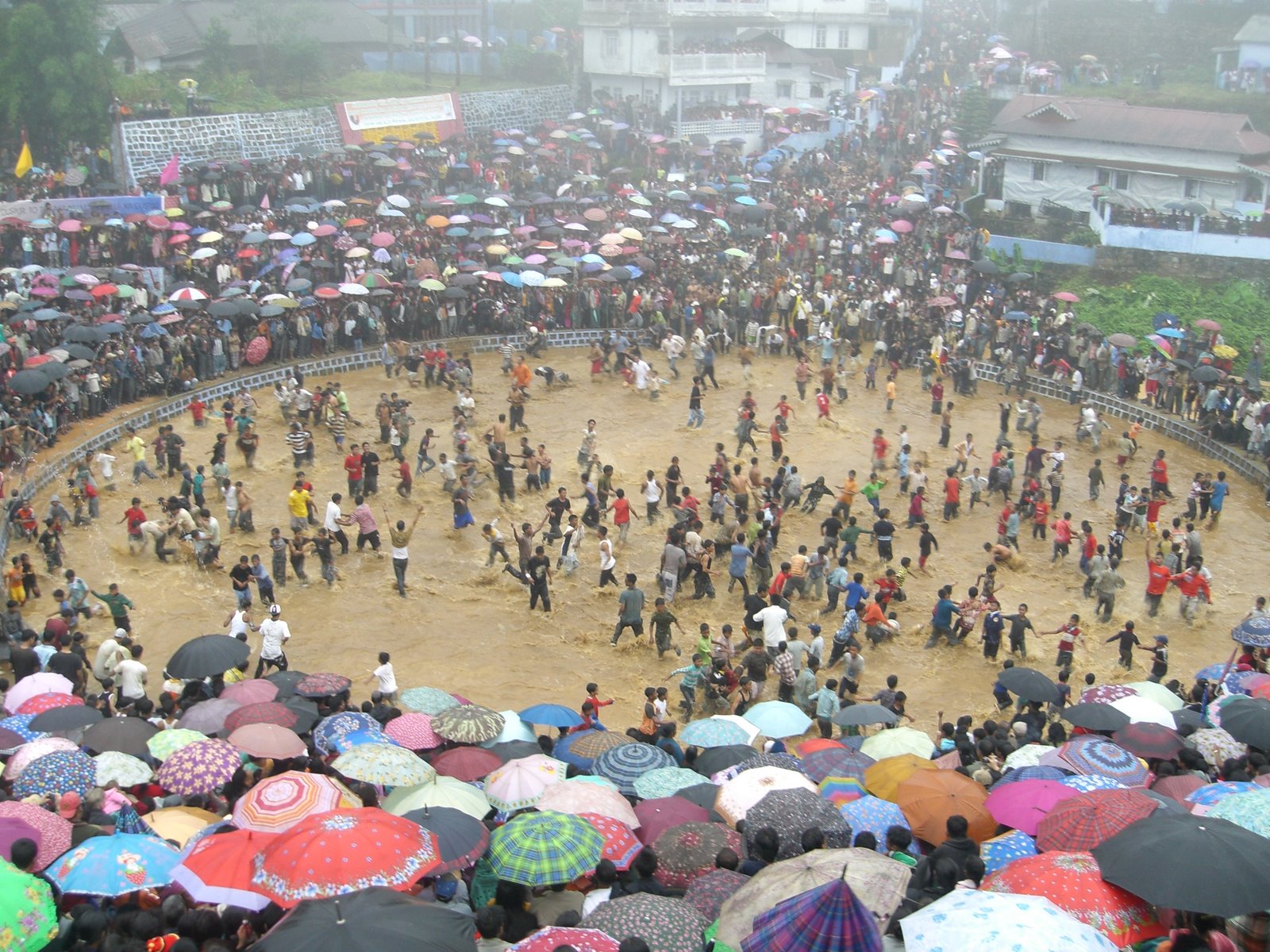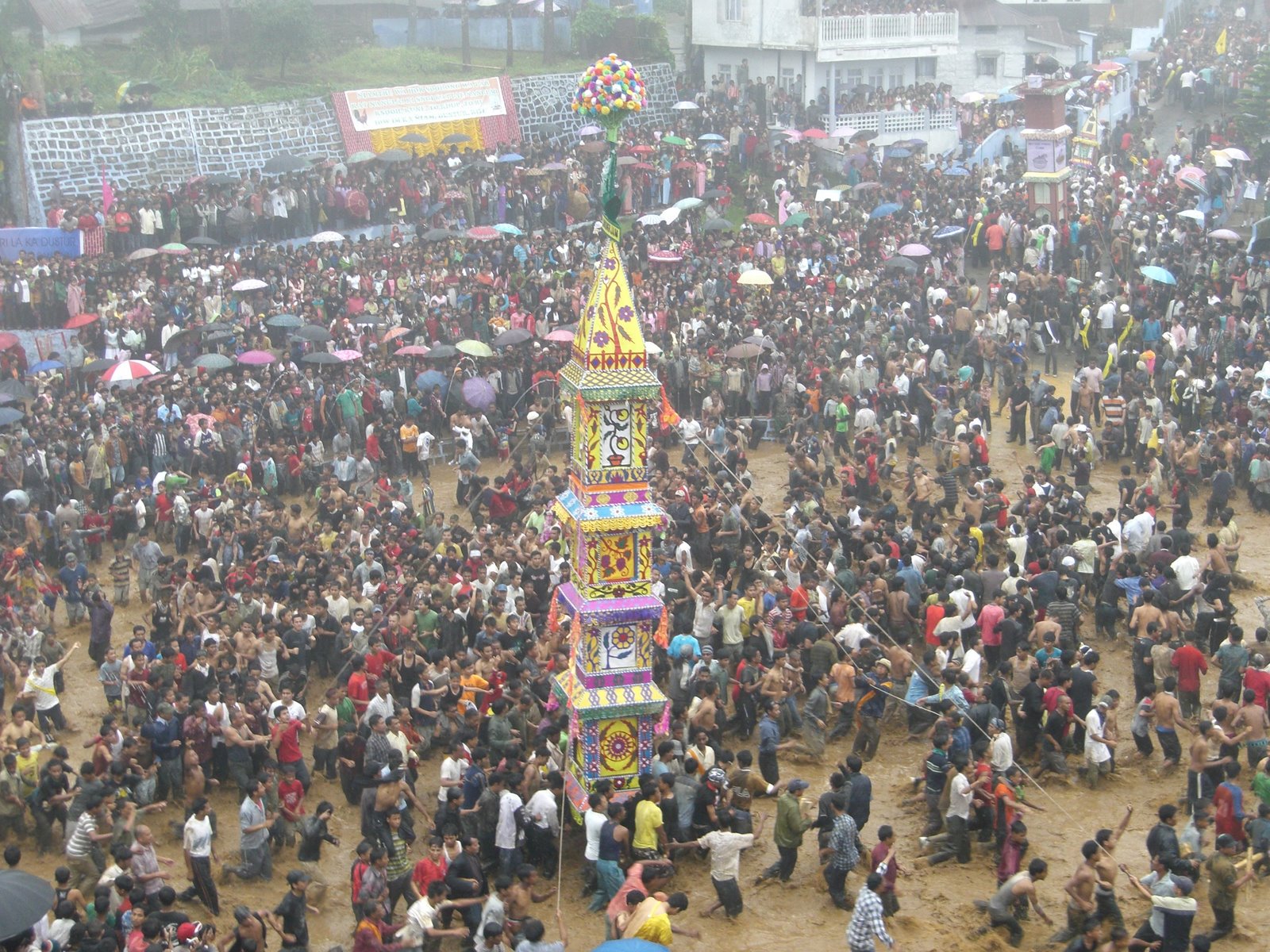
If “marriages are made in heaven,” then some IAS officers are certainly made on Earth.
So when the constellations bounded this IAS officer’s marriage date auspiciously, Biniti Purkayasta did not have the faintest idea that an uphill task was cut up ahead of her.
On October 16, therefore, Biniti woke up early not to deck up as a Dulhan, but rush to her examination desk to appear her IAS Mains.
Then from the examination hall she rushed back to the marriage hall, to assume the role of a dotting bride, just hours after completing her examinations.
Biniti is one of the four candidates to have cleared this year’s IAS examinations from Meghalaya. She ranked 510.
“Bintidi would have ranked much higher if not her examination date clashed with her marriage,” Diksha Purkayasta her sister and self-confessed friend said confidently.
Not only did her marriage date clash with her IAS examinations, Biniti also sat for her IAS English exams on October 19 on the day of her engagement.
Her father D Purkayasta proudly recalls how Biniti would shut herself in her room during the month-long marriage rituals and toil on her studies.
“She instructed me not to allow anyone to disturb her during her studies and call only when an important ritual was on and her presence was absolutely necessary,” Biniti’s father recalled fondly.
Biniti who has completed her Masters in English and Sociology from Delhi University is interested in implementation of National Rural Employment Guarantee Scheme (NREGS). She is presently doing her thesis on slum dwellers in Shillong.
“Biniti wants to help the poor and is against corruption. She wants to be associated with the transparent and accounted implementation of NERGS,” her mother Mala Purkayasta added.
Now happily married and settled in Noida, Biniti with her grit and determination has proved that not all stars are in heaven, some do shine amongst us unassumingly.
